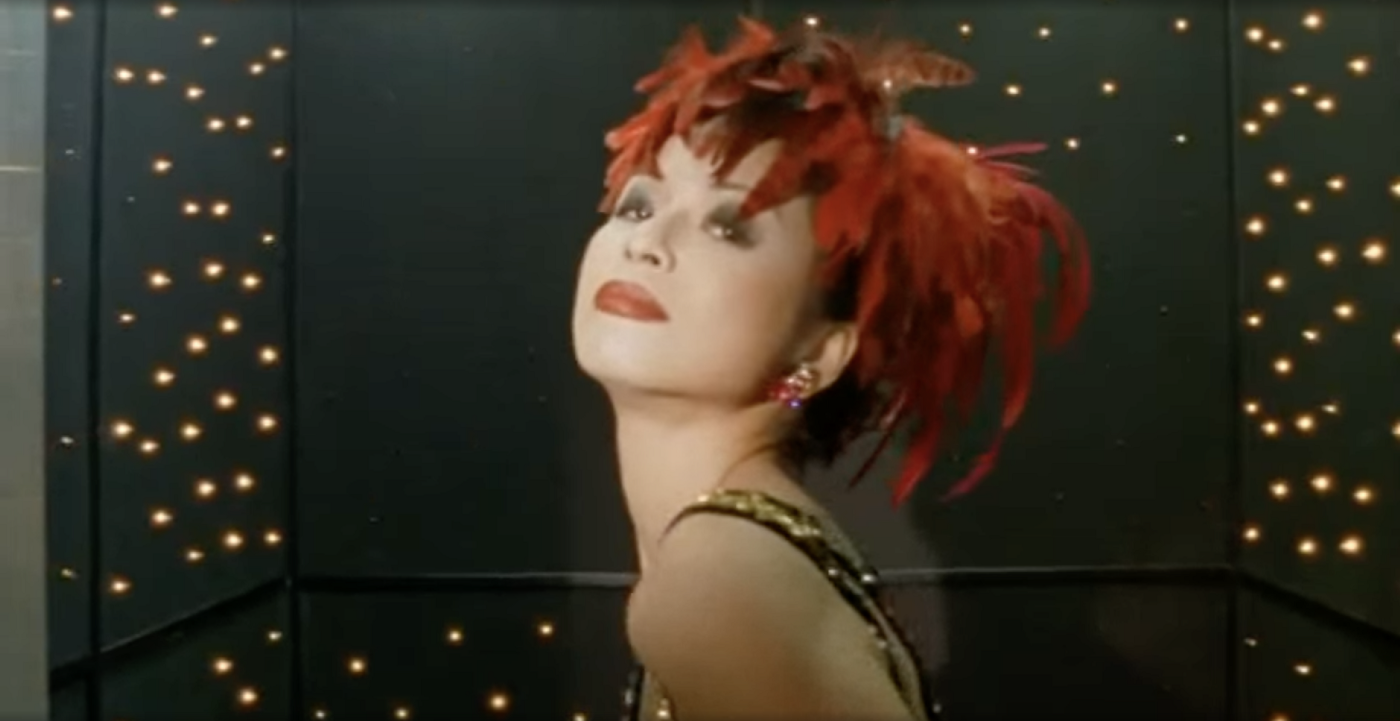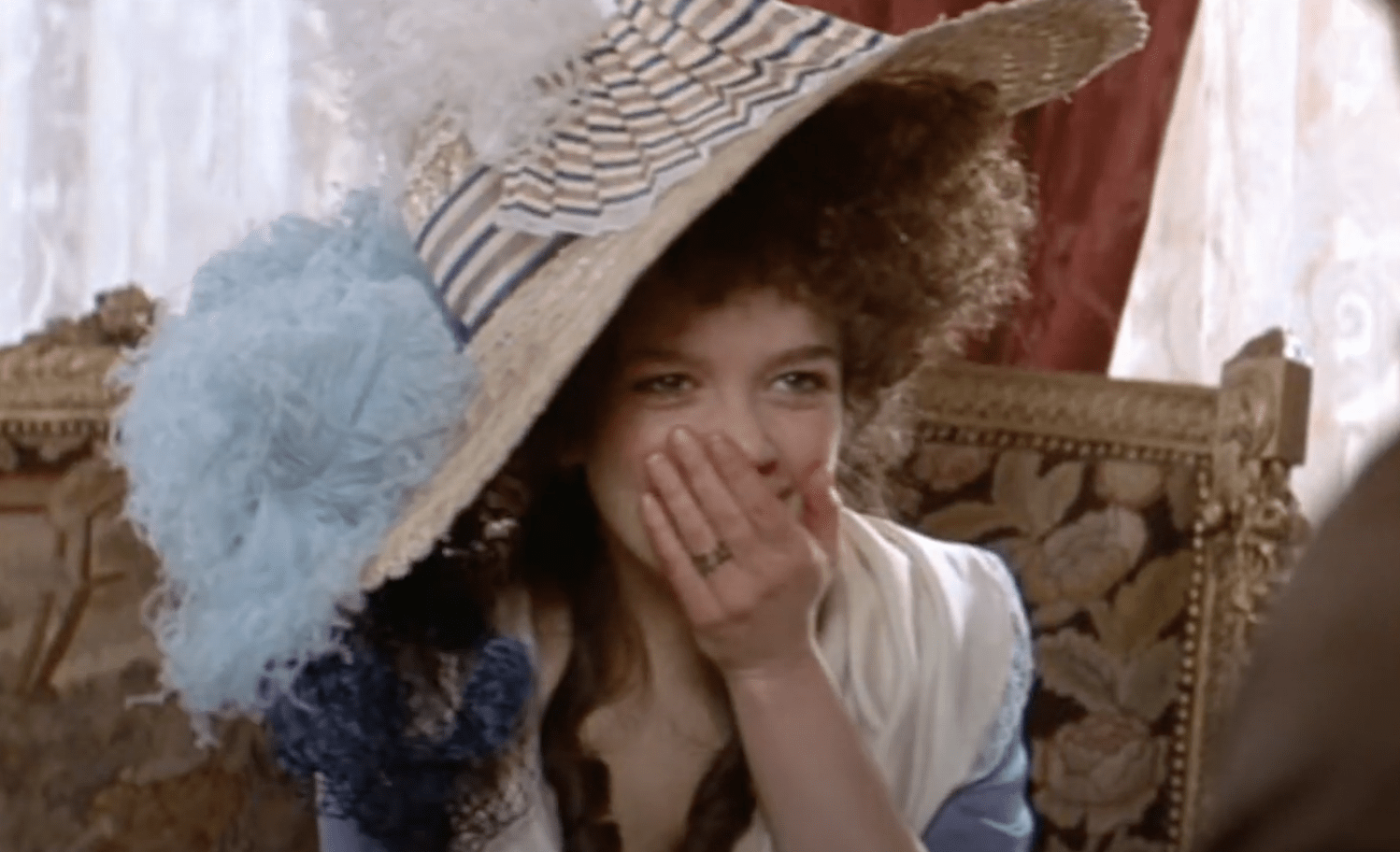
Niki Lindroth von Bahr fits right in with her Nordic peers. If you enjoy the films of Roy Anderson, Alex van Warmerdam or Jens Lien you are sure to enjoy Niki Lindroth von Bahr’s work. They all share that special brand of Nordic humor. The peoples of The North find humanity to be equal parts pathetic, endearing, and hilarious. We are all born into a meaningless universe where we will soon perish without a trace and yet we convince ourselves that our lives have value and that what we do matters. Life is literally a joke, a deadpan joke where the fact that no one is laughing is funny.
Over the course of a decade, Bahr produced four stop motion shorts all of which feature characters with human bodies and animal heads. The first two were Tord and Tord in 2010, and then Bath House in 2014. They are worth watching, and very interesting, but it is in the second two that Bahr really finds her stride. In 2017 She made The Burden and in 2019 she made Something to Remember. You can binge all four films in under an hour.
The first two films feel like animated shorts. They rely on a straightforward narrative and feel small in scope. Compared to The Burden and Something to Remember the first two seem tentative. The Burden and Something to Remember and The Burden have the weight and presence of something more substantial. They do not rely on a narrative structure and are instead more akin to music videos or musicals. This allows for a more abstract and atmospheric presentation.
After watching a few interviews with Bahr she does not come off as particularly articulate. Of course, English is her second language, and speaking while a camera is pointed in your face isn’t always a fair gauge of your eloquence, but the musical films are poetic and transcendent whereas the films with dialogue feel more ordinary. It is possible that having to write more symbolically and formally brings out the best in Bahr. The beginning of The Burden opens with a few fish standing around in bathrobes in some kind of hotel. The fish begin to sing,
“Long time, long time
This is where you come if you want to stay a long time
If you are alone,
Or if you don’t have anyone
Or if you don’t want to be with anyone
Or you can’t be with anyone
Or if nobody wants to be with you”
The fish look so sad with their giant unblinking eyes and awkward poses. There is no good way to pose a fish. If they had two eyes on the front of their face you could have them face the camera but with one giant eye on either side of their body and their mouth at one end of their head, they look like miniature Picasso paintings wandering the halls. The scene offers a compelling balance of pathos and humor. You want to laugh at them while simultaneously offering them a hug for comfort.

We are already hardwired toward anthropomorphism and so we easily slip into the lonely little spaces these animals inhabit and feel the fragility of the sad song they sing. There is something uncanny and poignant about substituting humans with little lifeless figures that only partially resemble us. They parody both themselves and us at the same time. The Criterion Collection describes Bahrs films as surreal but they do not have the confrontational edge of surrealism. They are more endearing than disturbing. Yes, singing fish seems like a perfectly surreal idea but these fish are us. They are the gentle soul (or sole) inside us that we want to comfort and protect, not the frightening shadow of our unconscious.

Admittedly the opening of Something to Remember is pretty creepy but it is also hilarious. A mother pigeon and her little pigeon son stand alone in an empty zoo with empty cages while the little boy sings a very creepy song in a little child’s voice,
“The devil sees you no matter what you do
Scratching your back while you sleep
And when you are dressed up all pretty and fine
Then he will be ready to greet you”
It’s a little scary but it’s nothing compared to something like David Lynch’s Rabbits. Rabbits uses similar elements ie a miniature diorama and little people with animal heads but there is nothing funny or endearing about Rabbits. Rabbits has also been described as surreal but unlike Bahr’s films Rabbits lives up to its label. Lynch is far less concerned with existentialism, at least in terms of angst and ennui, and more concerned with fear and repression. His themes are related to existentialism but instead of leading us to ponder our own absurdity Lynch uses his floppy-eared characters to light a slow-burning fuse of deep irrational anxiety about our inner world.

Bahr’s animals are more lonely than afraid. They live in large, banal, and mostly empty spaces doing menial tasks like mopping up or making phone calls for a life insurance company. We see them at the doctor’s office or buying a mattress. In Something to Remember Bahr expands her menagerie to include insects and a snail. The snail is a perfect vehicle for Bahr’s brand of pathos. His lack of a face makes him alien, even ugly, but he is also cute in his little suit and tie. At one point he visits a doctor (a mouse-headed man) and explains that “eternal grief lives within me.” He may be gross but he is also sweet, sad and pathetic, and very funny. It’s not an easy soup to mix but Bahr is able to balance all the conflicting feelings in such a way that you can taste each one of them.
The doctor’s office scene reminds me of a scene from Anderson’s A Pigeon Sat on a Branch Reflecting on Existence. In Anderson's film, we see a poor monkey screwed into a medical device while a woman in a white coat stares out the window. In both Bahr’s snail scene and Anderson's monkey scene, we see compositions that trap a helpless animal/person in a lifeless office. They look like alienated specimens waiting to be examined. It’s cold and clinical.

The clinical gaze is part of the overall attitude that Bahr cultivates with her direction. Both Bahr and Anderson keep their distance from the characters. We always see them in a larger context. By keeping figures small on the screen you diminish their power and presence. These characters’ problems are small because the characters are small. They are just snails and pigeons just as we are just homo sapiens. We’re all just temporary arrangements of particles floating on an infinitesimally small rock in space that will one day be swallowed up by a tiny little star we call the sun, but it’s ok, we’re cute.

If you enjoyed this article you might also enjoy -
https://filmofileshideout.com/archives/deadpan-as-a-filming-technique-in-roy-andersons-films



